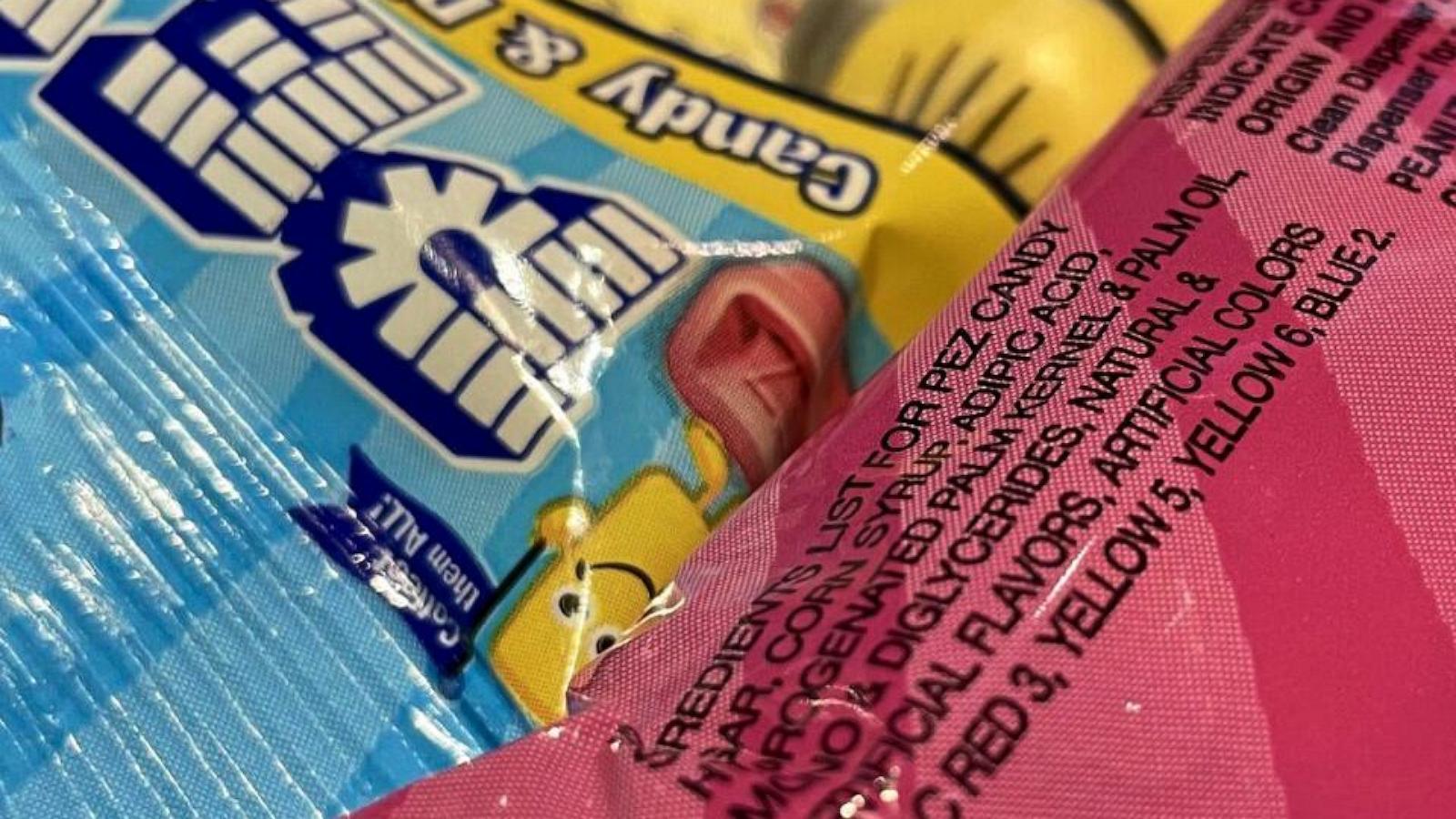Red Dye No. 3 Banned in the US: What You Need to Know About This Shocking FDA Decision
In a stunning move that has sent ripples through the food industry, the FDA has finally banned Red Dye No. 3, a controversial additive that has been linked to cancer in lab rats. For years, consumers have wondered if this vibrant red dye, responsible for the eye-catching color of countless candies, snack cakes, and maraschino cherries, was truly safe. Now, the long-awaited decision is in, and it's sure to spark heated debate and sweeping changes in the food manufacturing industry.
The Delaney Clause and the FDA's Decision: A Timeline of Controversy
The FDA's ban on Red 3, also known as erythrosine, stems directly from the Delaney Clause. This landmark legislation mandates the removal of any food additive found to cause cancer in humans or animals from the nation's food supply. This wasn't a spur-of-the-moment decision. For decades, research has presented conflicting results regarding Red 3's effect on human health. While some studies showed no direct link between human cancer and consumption of Red 3, others have raised concerns.
Why the delay? Existing Studies and Their Interpretations
The FDA's previous reluctance to fully ban Red 3 stemmed from a particular interpretation of the research. Even with past studies demonstrating its cancer-causing potential in rats, the agency stated the mechanism through which this occurred seemed unlikely to translate to human beings. This reasoning was sufficient enough to leave the additive permitted in foods and medicines, while simultaneously barring it from cosmetics for nearly 35 years due to external application being potentially riskier than consumption. The decision that finally prompted the ban was a 2022 petition signed by many advocacy groups, coupled with newly discovered studies of carcinogenic properties in male rats, effectively pushing the scale towards a ban in line with the Delaney Clause, rather than remaining in a controversial position of uncertainty.
The Consumer Pressure Campaign that Changed Everything
Fueled by consumer advocacy groups like the Center for Science in the Public Interest (CSPI), public pressure and advocacy built significantly in recent years. The 2022 petition, championed by the CSPI, demanded the FDA revisit its stance on Red 3. Simultaneously, a congressional letter signed by nearly two dozen lawmakers intensified this call for the ban. It highlighted the disparity between the food industry's use of Red 3 and its restriction in cosmetics as an important factor. These advocates cited studies suggesting children, who tend to consume a disproportionate amount of the dye compared to adults, were particularly vulnerable. This multifaceted approach is a key reason for this ban occurring, rather than simply stagnating. It combined effective scientific research with forceful lobbying that finally prompted the FDA to side with the cautious route and ban Red 3, while recognizing that legal challenges may arise due to uncertainty in the scientific research regarding its effect on human beings.
The Impact on the Food Industry: Challenges and Adaptations
The FDA's decision will significantly impact food manufacturers nationwide. Companies will now need to reformulate products currently containing Red 3 and will have until January 2027 to fully comply with the ban. The ban also necessitates updates for drugs and medications containing this chemical, which will need to comply by January 2028. This transition phase poses both logistical and financial challenges.
The Search for Safe Alternatives: What are Manufacturers Using Instead?
Luckily, several suitable alternatives to Red 3 are already in use by manufacturers. The switch includes exploring natural sources for color additives such as beet juice, pigments from foods such as purple sweet potato, radish, and red cabbage, and also carmine (a dye made from insects, which should have ethical concerns factored into decision-making on its use).
Global Implications: International Regulations and Standards
While the United States leads the way in prohibiting Red 3 in its food supply, many countries globally permit its use. Imported food products will, accordingly, have to be compliant to meet standards, adding a global complication to a difficult domestic change. Food manufacturers will be actively required to update their production methodologies across geographical supply lines to maintain compatibility and continued profitability.
Will the Ban Face Legal Challenges? Future Implications of This Decision
The FDA's decision might face legal challenges, as some scientific organizations assert that research has yet to determine any harm done to human beings through consumption of the dye at the typical amounts used in foods and drinks. Such legal challenges highlight the uncertainty involved in interpreting available research to formulate such legally-binding regulations. This will affect manufacturers financially and legally and will likely be the reason why the removal will occur over several years to ease the difficulties posed in transitioning to the new regulations.
What Does the Future Hold? A Look Ahead
The FDA’s move reflects a growing consumer consciousness toward food safety. It could herald a more stringent review and enforcement of regulations for food additives and possibly accelerate a trend towards natural and clean-label ingredients. The food industry will certainly evolve toward meeting the updated food additive standards to avoid facing possible regulatory repercussions.
Take Away Points
- The FDA has banned Red Dye No. 3 in food and ingested drugs due to cancer concerns in animals and application of the Delaney Clause.
- Food manufacturers have until January 2027 to remove the dye from products, and drug manufacturers until January 2028.
- Several alternatives to Red Dye No. 3 exist, including beet juice, carmine, and vegetable pigments.
- This ban sets an important precedent for further regulations of food additives.




